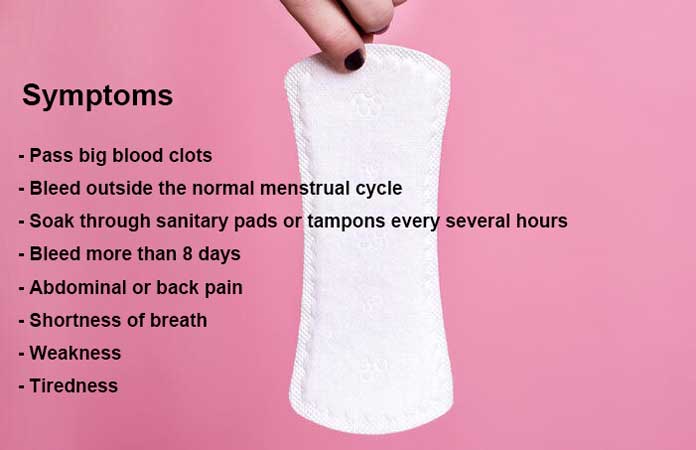Menometrorrhagia is a health condition characterized by abnormal, prolonged, and heavy uterine bleeding. It occurs frequently and suddenly without any warning sign. Women with this problem might have outside bleeding when they would expect the menstrual period to come. In fact, menometrorrhagia is a combination of two menstrual disorders: metrorrhagia causes irregular bleeding and menorrhagia causes heavy bleeding. It is necessary to seek medical support when you are experiencing the symptoms of this condition. Abnormal and unexpected menstrual bleeding would lead to health complications that should not be ignored. The next sections will show typical signs, causes, and treatment options for menometrorrhagia.
Symptoms of Menometrorrhagia
There is no general medical definition for unusual uterine bleeding. On average, menstruation in women tends to happen every 4 weeks. However, having a period every 3 to 5 weeks is also normal. The typical duration of a menstrual cycle is around 5 days. Most women would lose no more than 3 ounces or 80 milliliters of blood.
Any bleeding that is so serious and excessive can be a symptom of menometrorrhagia. It would disrupt your emotional, social, and physical life. A few typical signs to keep in mind include:
– Pass big blood clots
– Bleed outside the normal menstrual cycle
– Soak through sanitary pads or tampons every several hours
– Bleed more than 8 days
– Abdominal or back pain during a menstrual cycle
– Shortness of breath, weakness, or tiredness caused by a loss of iron in the blood [1]










